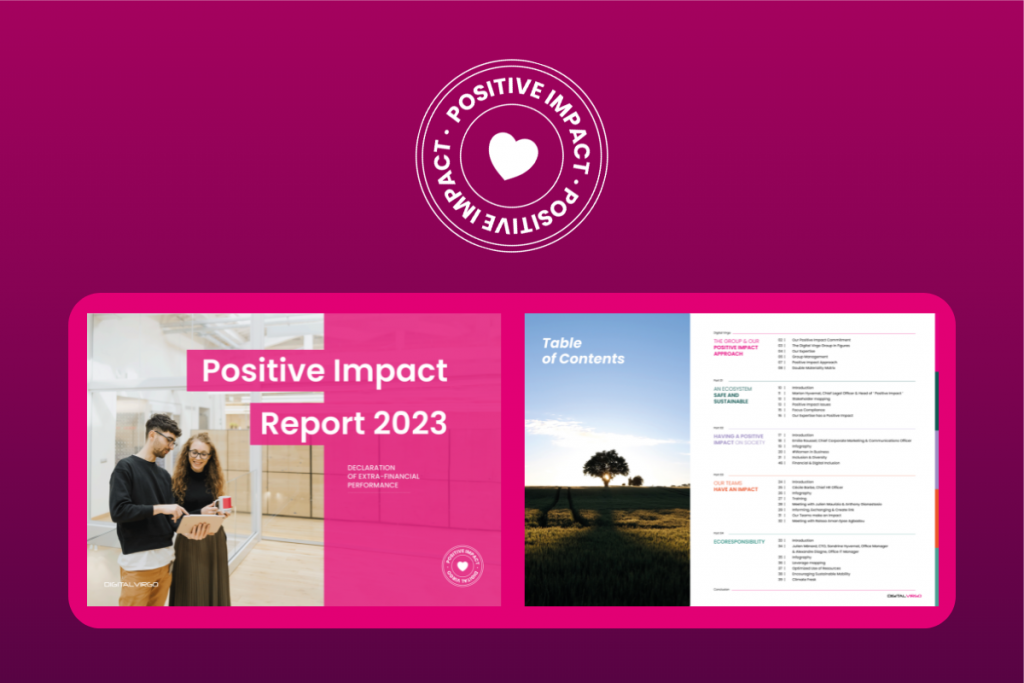The new generation of EdTech and it’s limitless potential
Mobile devices play now a major role in daily life, and this is extended to educational activities. An article published recently by research.com stated that “facilitators can engage more learners when they make their courses, materials, activities accessible through a mobile phone or tablet.” Undoubtedly, people are turning to their mobile devices for educational content, making the EdTech sector a valuable enticement for Telcos that are currently looking for new offerings to engage and retain their customers. With a projected market volume of $10.71 billion by 2027, according to Statista, Education Technology is steadily growing in importance within the digital services landscape. As the need for distance education grows, EdTech is uniquely positioned to reach not just students, but people of all ages who wish to develop their skills whether for education, career development or purely just for fun.
Throughout the globe, mobile connections are reaching more people than ever before. This means Telcos need to offer not just providers of telecom services, but integral exclusive user experiences to stand out in a highly competitive market. EdTech is the content that has the largest possibility for audience reach. Since 2021, remote and flexible learning has been one of the top 5 improvements to education through new technologies according to the Pearson School Report 2023. The ever-growing mobile penetration in emerging markets, which according to GSMA Intelligence is 88% in Africa and 108% in LATAM, makes these regions key territories for Telcos that want to develop their EdTech content strategies. Especially considering that the EdTech revolution is mainly taking place in these areas. After the pandemic, education apps generated a revenue of $7 billion in 2022 and is projected to grow by 8.9% CAGR until 2030, according to the Business of Apps.
The benefits outweigh the challenges
Though some may wonder about the challenges of AI and free open-source learning to paid services. Offering content through mobile devices often means that Telcos need to walk a tight line between entertainment and value. Through EdTech, content is specifically created to engage users through entertainment to provide the most value. Digital access can often be a stumbling block for many companies that rely on traditional digital media. Providing content through Telco connections, often bypasses any problems with digital access as many emerging markets have a high mobile penetration. Not to mention that the younger generation is continually adapting to the changing technological culture through mobile devices.
How Digital Virgo connects EdTech providers with Telcos
Through exclusive partnerships in the field of language learning, literacy and homework help, Digital Virgo strives to provide the most valuable premium content for Telcos. Our glocal teams around the world work to bring customers what they need in each region. Providing expert knowledge of their countries, they can accurately understand the expectations of users, translating this valuable information to Telcos. EdTech is a sector that through its projected growth, should be on every Telco’s radar as premium digital content. Our established partnerships with EdTech content providers cover a wide range of ages from primary aged children to adults.
Digital Virgo continues to create offers with EdTech providers to engage more people, as Frederico Rosato, Sales Director for Telcos & Ticketing says,
“EdTech is a great vertical to diversify revenue streams. It’s true that gaming is really the king. The same as VoD. But, if we can enlarge the offering, we can engage more people.”
EdTech is the future and present of education. Learning has changed and needs to be more flexible and adaptable to people’s lifestyle. In this context, Telcos are uniquely positioned to provide customers with premium content for all ages that attracts not just Gen Z but also older generations in an ever-changing educational landscape.



